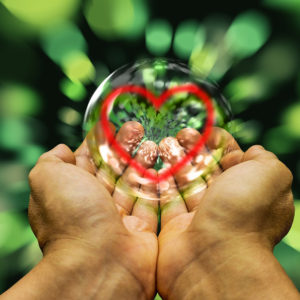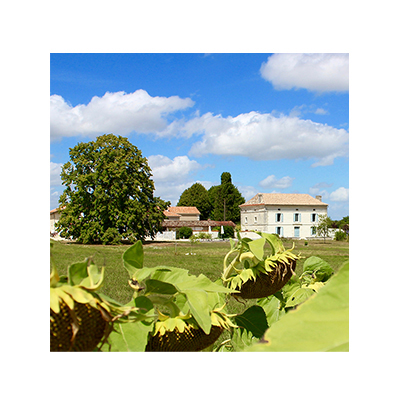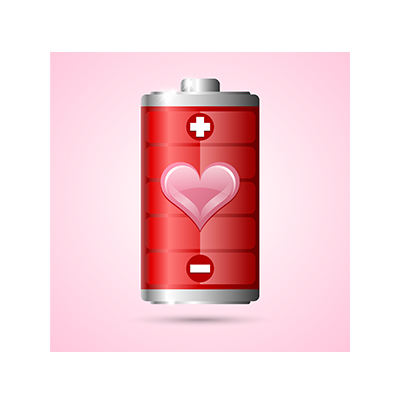 Overview
Overview
A simple practice in which you choose some qualities that you appreciate about yourself, and some moments about your day that you are grateful for.
When we express or receive gratitude, our brain releases dopamine and serotonin, two crucial neurotransmitters responsible for making us feel ‘good’. They enhance our mood immediately, making us feel happy from the inside. Research into neuroplasticity tells us that the more we activate our ‘gratitude’ circuits, the stronger these neural pathways become. By using this simple practice regularly and choosing to ‘water the flowers instead of the weeds’, we can ultimately train our brain to intuitively seek out the positivity in situations, rather than leaping towards problems and negativity.
On the Process
This tool was introduced on the Sunday evening of your Process. After the powerful, cathartic release work of the bashing, you took back your power and created some space for yourself in your life. The practice of appreciation and gratitude was introduced, and you were invited to think of three things you appreciated about yourself that day, and three things you were grateful for. As the week continued, you were asked to continue this practice each day.
Using this tool Post-Process
- Take time to mindfully acknowledge your gratitude and appreciations of people, places and things in your life as they arise. This could be the smallest of things like the the sun on your brow, or a colleague making you a cup of tea – when it happens, take a moment to acknowledge, ‘I am grateful’ and notice how that feels. Where do you feel gratitude in your body?
- Take time to appreciate positive qualities in yourself. Allow yourself to acknowledge your own successes like you would the successes of a good friend – then celebrate them, by speaking them out loud, writing them down, even getting creative and drawing or colouring them.
- Make it regular – acknowledge something you are grateful for and a quality you appreciate about yourself on waking, and/or before sleep.
- You can combine your gratitude practice with journalling, or dedicate a special notebook to keeping your appreciation and gratitudes in.
- Start a gratitude and appreciation jar. Each day, write one thing you’re grateful for and one thing you appreciate on a small piece of paper and pop it in a jar with a lid. After a week, month or year, take a look at all of the things that have given you pleasure, gathered together in one place.
- Share it – make gratitude a daily practice in your household. Share one thing you’re grateful for and one thing you appreciate with other members of your household each day. It will give you all a boost, and working with others makes it easier to keep up as a practice.
- Involve your Body – Find five little pebbles or marbles, and put them in a pretty bowl. Each morning and evening pick them up, and as you replace them one-by-one, vocalise one thing you are grateful for. Then do the same with your appreciations. This is a practice that you can do with children, as having the little objects to move helps them to focus on the exercise.
Further reference and links
Read an article from the Hoffman community about this tool being used in practice : My Mum did the Hoffman Process
Read an article in Psychology Today: 7 Scientifically Proven Benefits of Gratitude
If you want to return to the Post Process homepage, click here.
To go back to the other Hoffman tools, click here.









